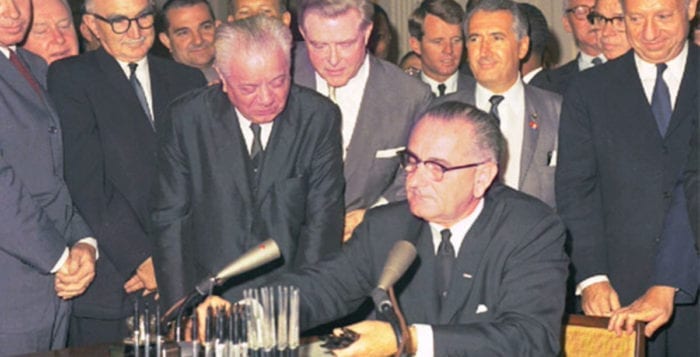By Leah S. Dunaief

A friend mentioned an article he had seen that asked the question, “What’s the best restaurant if you’re over 50?” and proceeded to ask me the same question.
Now he well knows that I am over 50, and he also knows I eat in restaurants, sometimes for business and occasionally as a social event. In fact, as we have gotten older, my friends and I seem to do less cooking each year and more splurging on dinners out when we get together. So it was a relevant question in more ways than one. I don’t know what the article he was referring to concluded, but I can tell you what is important to me when I dine in a restaurant.
First and most critical is the food. It is certainly not the ambience or even the picturesque location. Those last are pleasant enough, but the quality and taste of the meal are most vital. I like food that I would describe as, for lack of a better term, clean. That means the ingredients should be allowed to speak for themselves and should not be buried under cheese or slathered on top with butter. Both of those can make food taste good, but unless the dish particularly calls for those ingredients, they should not drown the main offering.
I also like seasoning but again not with a heavy hand. To my mind, a heavily spiced meal knocks out my taste buds. But I know lots of people, even a couple of my sons, like their food “hot.” For me, it is fun to try and analyze what spice or combination of spices make the food so tasty. Sometimes I can tell; sometimes I have to beg the answer from the chef, and surprisingly the answer is usually forthcoming. And sometimes I bring along a dear friend, who is herself a celebrated chef, to sleuth out the mystery.
I don’t have a large capacity for food at one sitting, so I frequently bring home half the meal to eat the next day. That not only makes me feel economical but also not wasteful, and I especially like a meal that will still be tasty when it is reheated. Not all dishes are up to that challenge, but occasionally one, like chicken, will be even better after it has lolled around in its spices in my fridge for 24 hours.
When I go out to a restaurant with other people, I need to hear them when they speak. I also do not care to shout while I am chewing. That means it has to be reasonably quiet wherever we are eating. And unless the experience is deliberately family style, which can be fun, I don’t care to be stuffed into a crowd of diners. A moderate distance between tables is nice. So is a comfortable chair. I try not to be interested in the conversation at the next table — although there have been a few exceptions to which I will admit — and a little privacy is welcome. That also helps to keep the ambience low key. Ditto for the background music, if there is such. I am not looking to have my large intestine jitterbug during a meal.
Finally, it is pleasant to have a waiter or waitress who is not conspicuously weighed down by the problems of the world. Although I well understand that being a server in a restaurant is one of the hardest jobs, because pleasing so many different people with so many individual tastes has to be challenging, I prefer not having to deal with someone cranky or impatient. It is helpful when servers introduce themselves by name because it facilitates getting their attention and nicely personalizes the service in both directions. And I feel the tip ought not be an automatic percentage. That’s just a minimum. Exceptional service should be acknowledged in the one way that is most meaningful. That person after all is earning his or her bread, even as we are eating ours.










 Q: You are coming to Stony Brook to perform. Do you have some special connection with SUNY?
Q: You are coming to Stony Brook to perform. Do you have some special connection with SUNY?


 Now the shoe is on the other foot.
Now the shoe is on the other foot.


